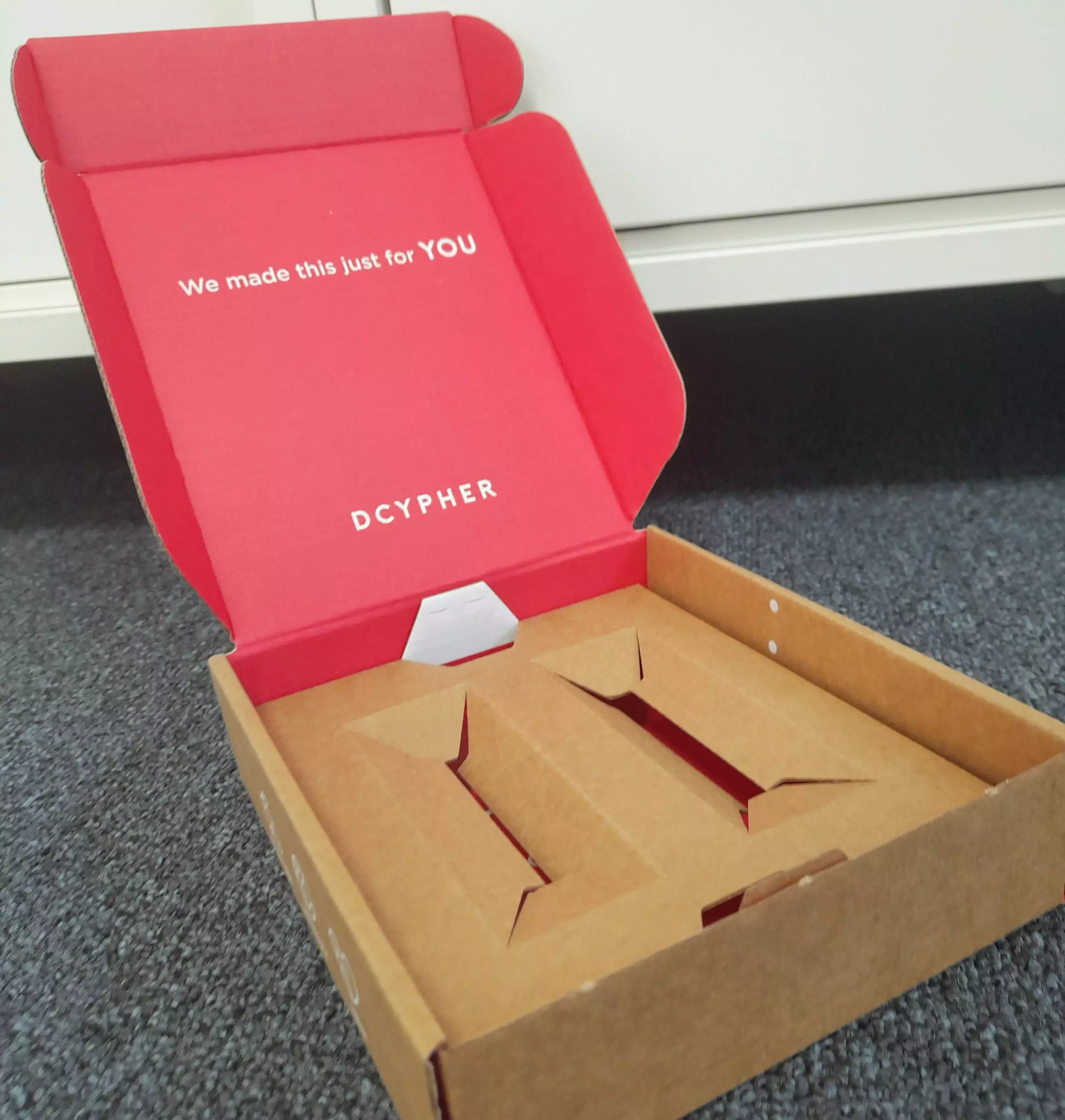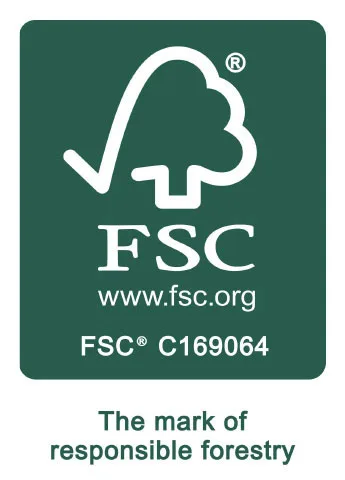We regularly assist customers with shipping boxes for fragile goods. Glass baubles, gaming electronics, drink bottles, camera equipment and porcelain tiles. These are some of the items that we’ve designed and manufactured protective packaging for. In addition to ensuring these items arrive undamaged, we explore ways to cut the costs of shipping fragile goods. In this article, we share our tips.
Reducing the Risk & Cost of Shipping Fragile Goods
Shipping breakable items is a risk. That’s because you depend on processes and handlers that you have no control over. Some may take note of FRAGILE signs and handling information on the box. However, not everyone will. Therefore, you need to minimise the potential for damage in transit and storage.
Now, you could just wrap the items in multiple layers of padding. However, this is a time-consuming and costly process. If you are shipping many items a day, it’s not a viable solution. What’s more, excessive packaging is not good for brand reputation when your customers favour sustainability.
When we design shipping boxes, we aim to provide solutions that minimise:
– Packaging material costs
– Shipping costs
– Costs of processing and replacing or refunding damaged goods
– Environmental costs
– Reputational costs
The unit cost of the boxes may be higher than an off-the-shelf product. However, best-fit boxes save on the cost of void fill, paying a higher rate to deliver over-sized boxes, returns, packaging waste and the customer’s perception of your brand.
The Benefit of Inserts When Packaging Fragile Goods
For fragile items, we usually recommend double-walled corrugated cardboard boxes. These are strong, durable and cushioning. In addition, they are lightweight and sustainable. As a result, these are a practical solution for shipping fragile goods. As a packaging specialist, we will design and manufacture boxes to best fit the dimensions of your goods.
For added protection, corrugated cardboard inserts or dividers are advisable, especially if more than one item is being packaged together. These internal features hold items securely in place and prevent goods from knocking together in transit. In addition, they further enhance the rigidity of the boxes for extra protection when boxes are stacked in transit or storage.
Inserts can completely remove the need for void fill and often speed up the packing process. However, if void fill is required, we can recommend sustainable, plastic-free options. A further use of inserts is to make a standard outer box work for several different delicate products. For example, there could be a fitting for books, another for fragrance bottles and a third for an electronic gadget.
In addition, they enhance the presentation of goods to provide a positive and consistent unboxing experience for customers. Inserts can be printed as easily as the outside of the boxes, so why not introduce your brand colours or consumer information?
Handling Information Printed on the Box
You can increase the chances of correct handling if your boxes are printed with advisory information. Common examples of symbols used on fragile packages include:
– ‘This Way Up’ with a double arrow icon
– ‘Handle with Care’ with two hands surrounding a box icon
– ‘Breakable’ with a broken glass icon
– ‘Keep Dry’ with an umbrella icon
Some companies like to add their twist. For example, we produced boxes for an electric car charger. This was printed with ‘HELP! I’m upside down.’
Secure Closing for Packaging Boxes
When we design a box for fragile items, secure closing is important. There are a variety of tuck or lock options which use tabs to securely close the box without the need for reams of tape. This streamlines the packing line, saves on the cost of tape and ensures the packaging is 100% recyclable.
You could add a printed brand sticker over the box lock for added reassurance and to enhance the presentation.
Testing your Boxes for Protection
Before confirming your order of shipping boxes, test if they offer sufficient protection. Send items out to the home addresses of team members using your courier. Ask recipients to take a photo when they open the box. Check if the box or product is damaged and also consider product presentation. Is it up to the standard that your brand and customers expect?
For further options, our packaging tests are outlined in this How to Test E-commerce Packaging article.
As a final note on couriers, check the insurance they offer covers the cost of goods. Then you can claim if items are mishandled, damaged or lost on route to your customers.
Bespoke Boxes for Fragile Goods
From musical instruments and mirrors to medical equipment and Mother’s Day bouquets, we design bespoke boxes to cut the cost of shipping fragile goods. Get in touch to discuss your requirements. Simply email enquiries@abcbox.co.uk or call 01296 436888.

